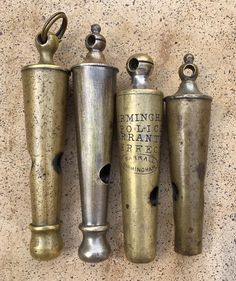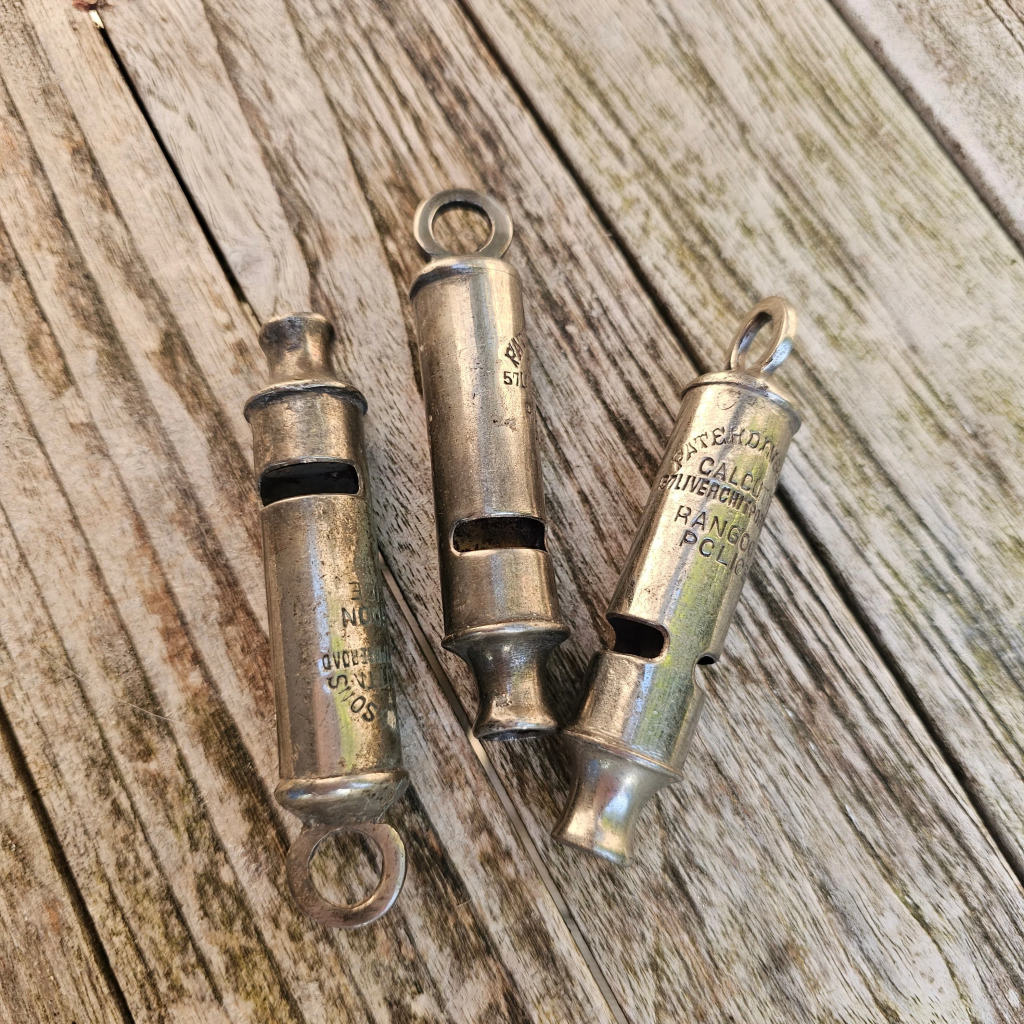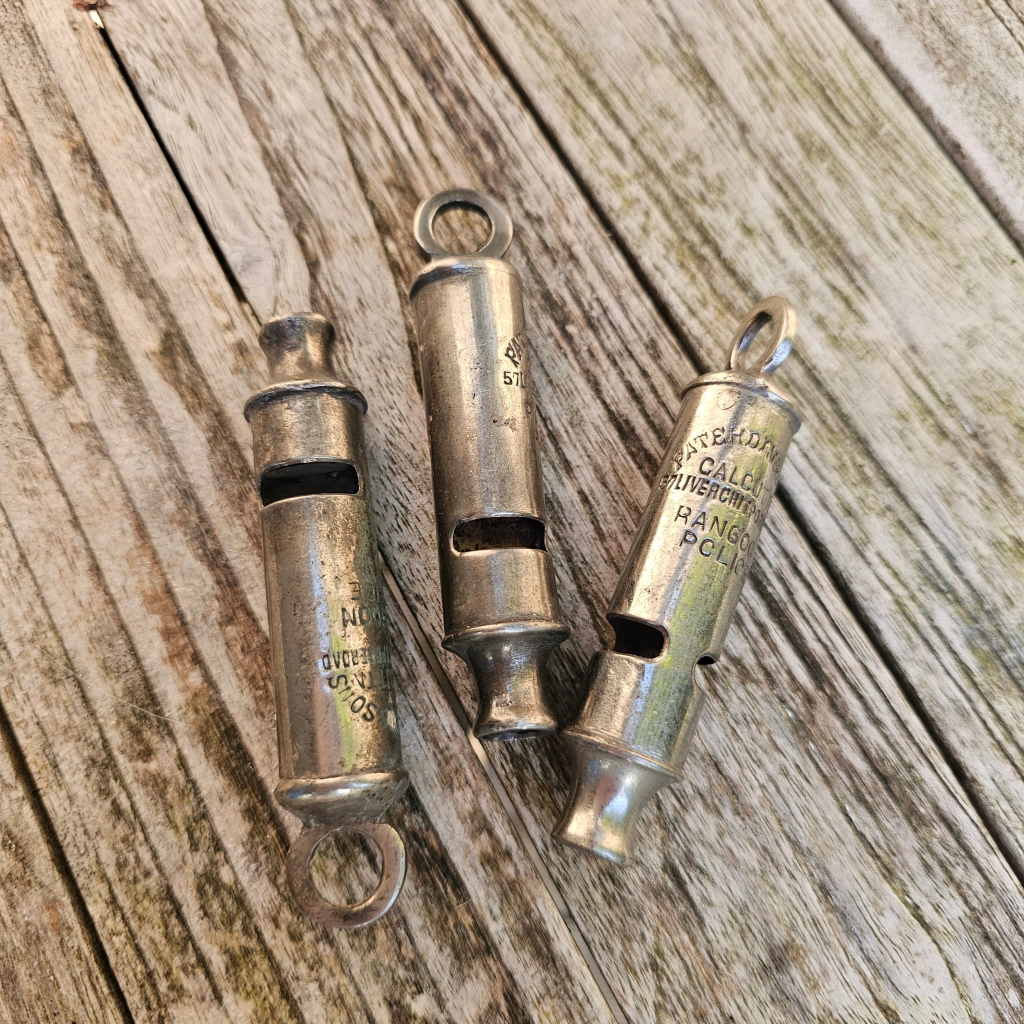When you think of iconic tools in law enforcement, the police whistle undoubtedly stands out. With its sharp, unmistakable tone and historical significance, this simple yet powerful device has long been an essential tool for maintaining public order and safety. While modern technology dominates today’s policing landscape, the police whistle remains a reliable and symbolic instrument. In this article, we’ll delve into the fascinating history, practical uses, and enduring relevance of the police whistle.
The History of Police Whistles: From Silent Gestures to Audible Commands

The police whistle’s journey began in the 19th century, transforming law enforcement communication. Before whistles, officers relied on hand signals or their voices to convey instructions, which were often ineffective in crowded or noisy environments.
In the 1870s, the Metropolitan Police in London revolutionized communication by introducing whistles as standard equipment. These high-pitched devices quickly replaced wooden rattles, as their sound could travel further and cut through urban noise. The Acme Thunderer, one of the first mass-produced police whistles, set the gold standard, becoming synonymous with law enforcement worldwide.
Practical Uses of Police Whistles in Law Enforcement
Police whistles are versatile tools, playing a pivotal role in various aspects of law enforcement. Their simplicity and effectiveness make them indispensable for officers on the ground.
1. Managing Crowds and Ensuring Public Safety
During large events, protests, or emergencies, police whistles are invaluable for crowd control. A single whistle blast can capture attention instantly, directing people to stop, disperse, or follow specific instructions. In chaotic situations, the whistle’s piercing sound cuts through the noise, providing clear and immediate communication.
2. Signaling for Assistance
Before the advent of modern radios, officers relied heavily on whistles to call for backup. A series of distinct whistle blows could signal urgency and alert nearby officers to provide support. Even in today’s digital age, whistles serve as a reliable backup when technology fails or in areas with poor connectivity.
3. Traffic Control and Urban Management
One of the most familiar uses of the police whistle is in traffic management. Whether directing vehicles at busy intersections or guiding pedestrians across streets, the whistle’s sharp tone ensures commands are heard above the cacophony of city life.
4. Deterrence and De-escalation
The sudden blast of a police whistle can deter criminal activity by drawing attention to the situation. It’s a non-threatening yet effective tool to disrupt potential crimes or diffuse escalating tensions without the need for verbal commands or physical intervention.
Modern Innovations in Police Whistle Design

While the traditional whistle design has stood the test of time, modern advancements have introduced new features that enhance its functionality.
- Durable Materials: Contemporary whistles are crafted from stainless steel, plastic, or other robust materials, ensuring longevity.
- Amplified Tones: Some modern whistles include electronic amplification, producing louder and more consistent sounds, even in extremely noisy environments.
- Multiple-Tone Options: Advanced whistles allow officers to switch between tones, enabling more nuanced communication in different scenarios.
These updates ensure that police whistles remain relevant and effective in modern law enforcement.
The Symbolic Power of Police Whistles

Beyond their practical uses, police whistles hold significant symbolic value. Their sharp tone is universally recognized as a call for attention, authority, and order. This association reinforces the public’s instinct to comply with directives when a whistle is sounded.
In media and popular culture, the police whistle often represents discipline and law enforcement’s watchful presence. Its iconic status underscores the trust and authority society places in officers, further cementing its role as a timeless tool.
Police Whistles in Emergencies: A Lifesaving Device
In critical situations, such as natural disasters or search-and-rescue missions, police whistles can become lifesaving tools. When technology fails due to power outages or poor connectivity, whistles provide a reliable means of communication.
For instance:
- Search and Rescue Coordination: Whistles help officers signal their location to rescuers, facilitating quicker responses.
- Disaster Scenarios: In events like earthquakes or building collapses, trapped individuals can use whistles to alert rescuers to their presence, increasing their chances of survival.
This simplicity and reliability make whistles indispensable in emergency response situations.
Why Police Whistles Remain Relevant in a Digital Age

With the rise of digital communication tools like radios, smartphones, and body cams, you might assume that the police whistle has become obsolete. However, its enduring presence in law enforcement proves otherwise.
- Reliability: Whistles don’t rely on batteries, signals, or networks, making them functional in areas where technology might fail.
- Instant Response: Unlike radios, which require tuning or dialing, a whistle provides immediate communication, ideal for split-second decision-making.
- Low Maintenance: Whistles are durable, affordable, and require minimal upkeep, ensuring they’re always ready for use.
Their simplicity and dependability ensure that police whistles remain an essential part of an officer’s toolkit, even in a tech-driven world.
Conclusion: The Enduring Legacy of the Police Whistle
The police whistle is more than just a tool; it’s a symbol of authority, a lifeline in emergencies, and a testament to the power of simplicity in law enforcement. From its origins in 19th-century London to its continued use today, the whistle has proven its value time and again.
Whether used for crowd control, traffic management, or signaling for help, the police whistle remains a versatile and reliable instrument. In an era where technology often overshadows traditional methods, this timeless device reminds us that sometimes, the simplest tools are the most effective. The police whistle’s sharp tone will continue to cut through the noise of modern life, ensuring safety and order for generations to come.


